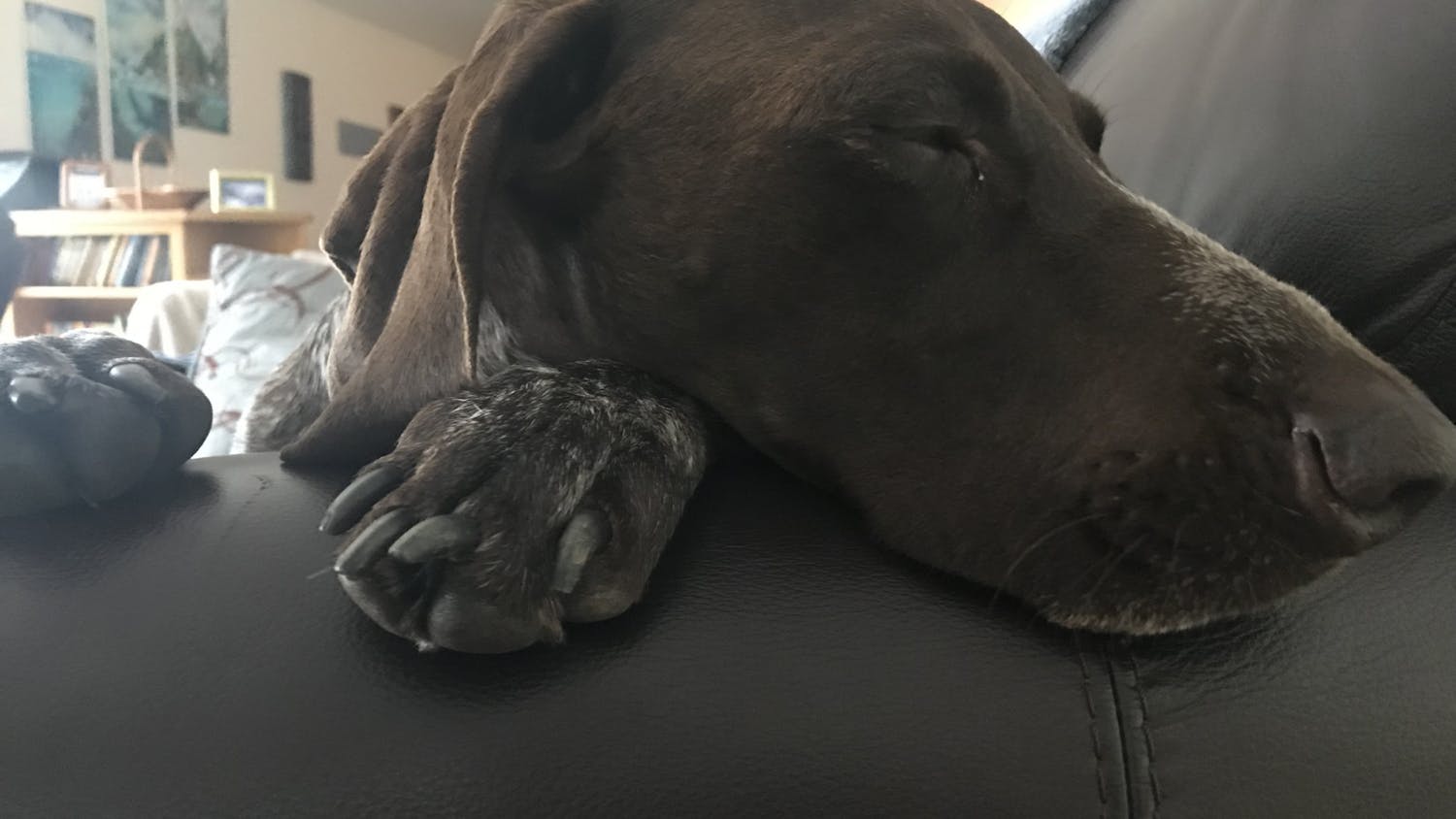A reporter shares his brief research on the Black Panther Party and its continued relevance today
By Jack Taylor
The Black Panther Party is perhaps one of the most controversial prominent political movements of the 20th century. For a long time, there seemed to be a sense of misunderstanding of how the party was started or its original goals.
The party started in 1966 in Oakland under the name “Black Panther Party for Self-Defense.” It was founded by Huey P. Newton and Bobby Seale as a response to the rise of police brutality in inner-urban areas, such as the infamous police beating in Watts District in 1965 and many other incidents like it. The leaders’ main goal was to protect African-American neighborhoods from further harm.
Many people viewed the party’s methods as an aggressive approach to civil rights issues, due to a small group of members storming the California State Capitol building armed to protest a bill they thought would hinder protection of African-Americans. However, the reality was much more complex.
Looking for a way to end the Black Panther Party, the FBI sought the help of journalists and the media to paint the party in a negative light and discredit them.
Kathleen Cleaver, a former member of the Black Panther Party, and George Katsiaficas, a professor of Humanities and Social Sciences at Wentworth University, discuss the legacy of the Black Panthers in “Liberation, Imagination and the Black Panther Party: A New Look at the Black Panthers and Their Legacy.”
They wrote about how most of the journalists working with FBI had national reach and were willing to write opinion pieces bashing the group.
The main goal was to paint the party in a violent fashion, and to show the group as being involved in illegal activity, rather than political and social issues.
Regardless of all the social work the party did, the FBI continued to label the group a communist organization even though they were not associated with the communist party.
Despite facing setbacks because of government intervention, the legacy of the Black Panther movement is almost entirely rooted in charitable causes.
“Whatever the Panthers’ weaknesses or failings, they left an enduring positive legacy. This is seen most clearly in the steps they took to organize and educate their communities. They popularized the demand for community control of the police,” according to Cleaver and Katsiaficas.
For example, the Black Panther Party aided communities in the form of education, legal aid, free shoes for people who could not afford them and the popular Free Breakfast for Children Program, which was started in 1969.
The party’s ideologies are illustrated in the Black Panthers “Ten Point Program,” which mirrors the American Bill of Rights. In the program, the Panthers demanded full employment for its people, freedom for all black people and an end to police brutality, among other demands.
In point nine, the Black Panthers requested that if black people are tried in court, the jury should come from the convicted person’s community.
“To do this, the court will be forced to select a jury from the Black community from which the Black defendant came. We have been, and are being, tried by all-White juries that have no understanding of the ‘average reasoning man’ of the Black community,” the Ten Point Program said.
As time went on for both groups, the strain of the FBI’s attacks eventually lead to their dissolution.
Much of the FBI’s war against the Black Panther Party ended in 1969 during a five hour police shoot-out at the Black Panthers Southern California headquarters as well as a police raid in Chicago during the same year, which resulted in the death of the Chicago Black Panther leader, Fred Hampton.
Following these attacks from the FBI, the Black Panther Party slowly unraveled in the 1970s and 1980s with many members fleeing to Cuba or meet untimely deaths.
Despite having a dramatic ending, the lasting impacts of the party are not only found in social issues, but in pop culture as well.
The uniform of the Black Panther Party, black berets, black pants, blue shirt and a black leather jacket, has been donned by many popular artists. Most recently, Beyoncé performed her song “Formation” at Super Bowl 50 halftime show in 2016 dressed in an outfit that paid homage to the party.
More recently, the a superhero film “Black Panther” will be released nationally on Friday Feb. 16th. The film is the first superhero film to feature a black hero in the main role, and a primarily black supporting cast. Additionally, the movie has outsold all previous superhero films in terms of pre-ticket sales according to the online ticket website Fandango.
Furthermore, actor Michael B. Jordan who plays the villain in “Black Panther” was photographed for the cover of “British GQ” wearing a black beret and black leather jacket.
After 52 years, the Black Panther Party legacy can still be seen in pop culture. Although the party may have been given a bad reputation due to fear from the government and media portrayal, the message of power for all people could not be more relevant than today.
Every week in February, a Western Front reporter will discuss a person or event important to black history in recognition of Black History Month.
In the program, the Panthers demanded full employment for its people, freedom for all black people and an end to police brutality, among other demands.
In point nine, the Black Panthers requested that if black people are tried in court, the jury should come from the convicted person’s community.
“To do this, the court will be forced to select a jury from the Black community from which the Black defendant came. We have been, and are being, tried by all-White juries that have no understanding of the ‘average reasoning man’ of the Black community,” the Ten Point Program said.
As time went on for both groups, the strain of the FBI’s attacks eventually lead to their dissolution.
Much of the FBI’s war against the Black Panther Party ended in 1969 during a five hour police shoot-out at the Black Panthers Southern California headquarters as well as a police raid in Chicago during the same year, which resulted in the death of the Chicago Black Panther leader, Fred Hampton.
Following these attacks from the FBI, the Black Panther Party slowly unraveled in the 1970s and 1980s with many members fleeing to Cuba or meet untimely deaths.
Despite having a dramatic ending, the lasting impacts of the party are not only found in social issues, but in pop culture as well.
The uniform of the Black Panther Party, black berets, black pants, blue shirt and a black leather jacket, has been donned by many popular artists. Most recently, Beyoncé performed her song “Formation” at Super Bowl 50 halftime show in 2016 dressed in an outfit that paid homage to the party.
More recently, the a superhero film “Black Panther” will be released nationally on Friday Feb. 16th. The film is the first superhero film to feature a black hero in the main role, and a primarily black supporting cast. Additionally, the movie has outsold all previous superhero films in terms of pre-ticket sales according to the online ticket website Fandango.
Furthermore, actor Michael B. Jordan who plays the villain in “Black Panther” was photographed for the cover of “British GQ” wearing a black beret and black leather jacket.
After 52 years, the Black Panther Party legacy can still be seen in pop culture. Although the party may have been given a bad reputation due to fear from the government and media portrayal, the message of power for all people could not be more relevant than today.
Every week in February, a Western Front reporter will discuss a person or event important to black history in recognition of Black History Month.





